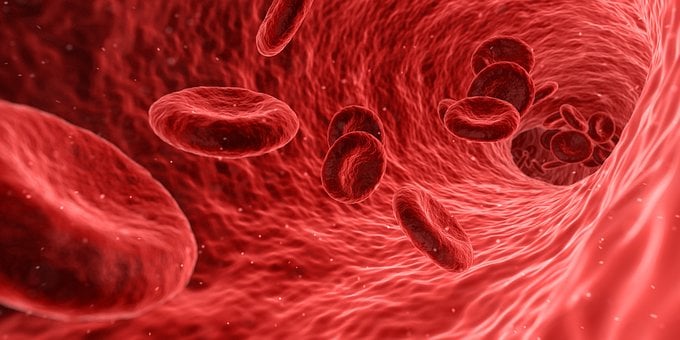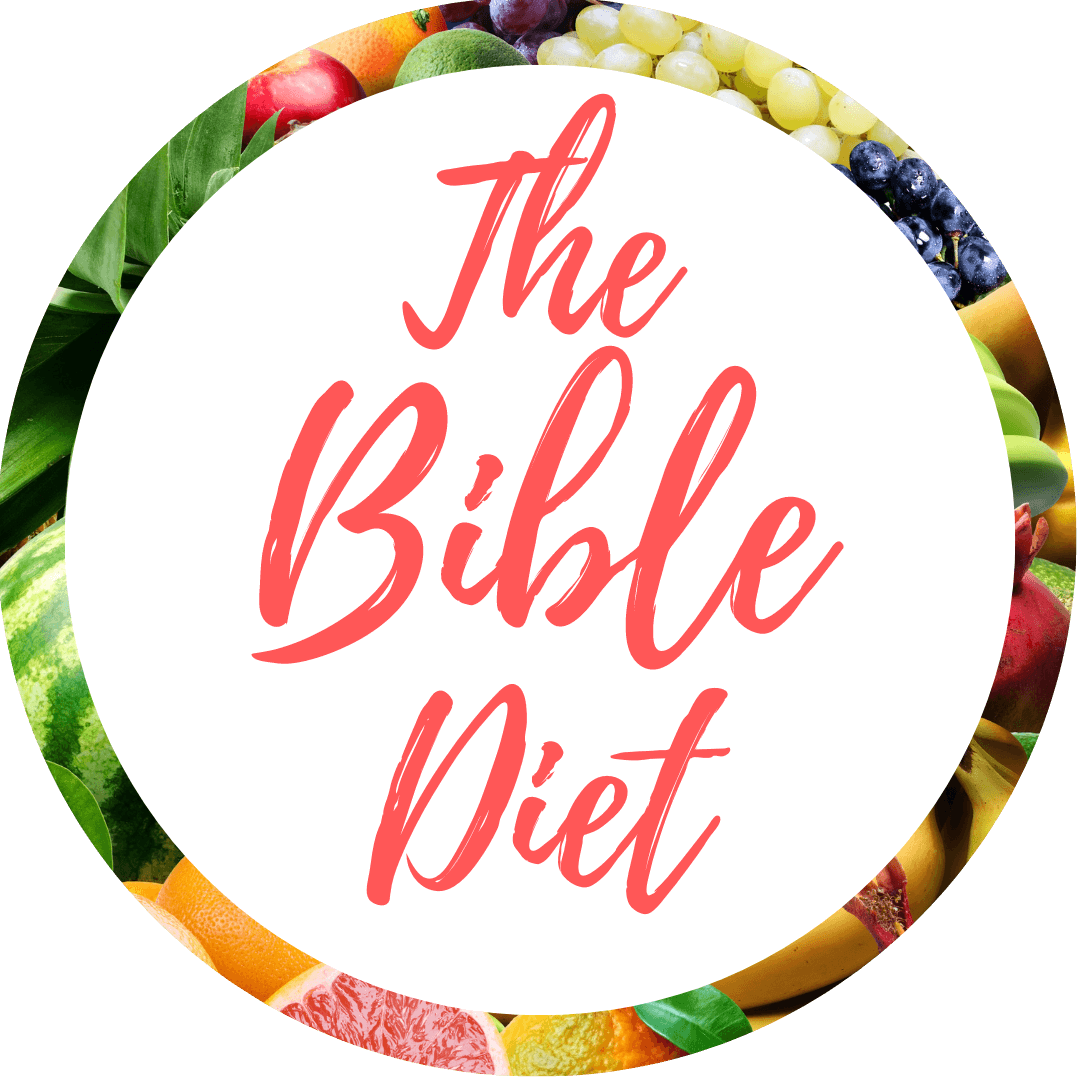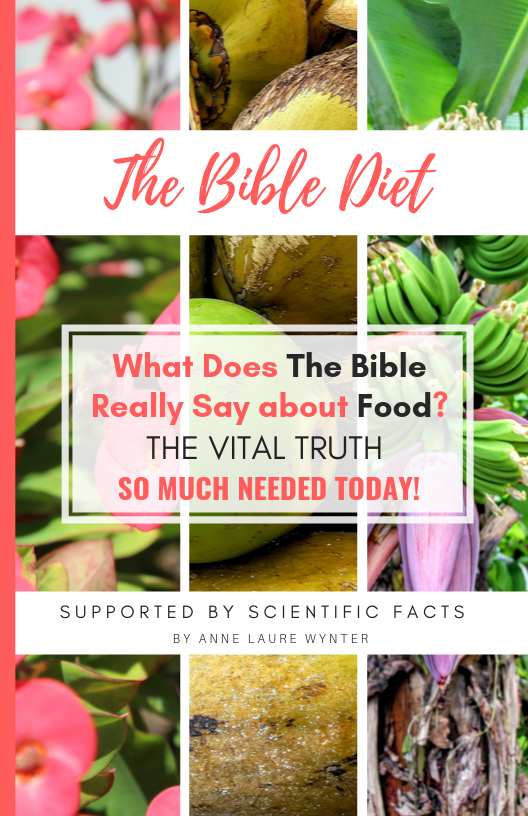Plant-based diets are rich in fiber, magnesium, and many vitamins like A, C, and E. But there is a common question asked by many: “Can I get enough calcium, iron, and protein in a plant-based diet?” Truth is, you can! Keep reading to learn about these vitamins and minerals, why you need them, how much you need, and what foods you can get them from in a plant-based diet.
This information is educational and it is recommended to consult a doctor in case of deficiency.
CALCIUM
Why do we need it?
Calcium is a necessary mineral for life. Calcium builds bones, keeps them healthy, and enables our blood to clot, our muscles to contract, and our heart to beat. About 99% of the calcium in our bodies is in our bones and teeth.

How much do we need?
Individuals at various life stages require different amounts of calcium to promote growth. But no matter how old, calcium is always important to a plant-based diet.
Recommended daily amount:
- Babies younger than 6 months old: 200 mg
- Babies 7 to 11 months old: 260 mg
- Kids 1 to 3 years old: 700 mg
- Children 4 to 8 years old: 1,000 mg
- Kids and teens 9 to 18 years old: 1,300 mg
- Men and women 19 to 50 years old: 1,000 mg
- Women over 50: 1,200 mg
- Men over 50: 1,000 mg
- Men over 70: 1,200 mg
Where can we find calcium in a plant-based diet?
Fortified almond, soy, or rice milk contain about 300-500mg per 8 ounce glass. You can also get it from greens! Cooked collards provide 270mg and steamed/boiled turnip greens have 200mg per 1 cup.
Other foods also have suitable amounts of calcium, such as:
- Mustard greens, steamed or boiled: 160 mg / 1 cup
- Bok choy, steamed or boiled: 150 mg / 1 cup
- Tempeh: 120 mg / 4 ounces
- Tahini: 120 mg / 2 tablespoons
- Dried figs: 120 mg / 1/2 cup
- Extra firm tofu: 100 mg – 150 mg / 3 ounces
- Oats, instant: 100 mg / 1 serving
- Kale, steamed or boiled: 100 mg / 1 cup
- Shelled edamame, steamed: 100 mg / 1 cup
- Silken tofu: 80 mg / 3 ounces
- Blackstrap molasses: 80 mg / 1 tablespoon
- Almond butter: 80 mg / 2 tablespoons
- Almonds: 80 mg / 1 ounce
- Orange: 70 mg / 1 cup sections
- White pea beans, cooked: 65 mg / ½ cup
- Broccoli, steamed or boiled: 60 mg / 1 cup
- Pinto beans, cooked: 50 mg / ½ cup
Advice: Be sure to get enough vitamin D in your system! Vitamin D helps your body absorb calcium. So if you can, enjoy the sunshine with moderation.
IRON
Why do we need it?
Iron is another important mineral. Iron helps to transport oxygen throughout the body. The body will become fatigued if oxygen is not circulated well enough. That exhaustion affects everything from our brain function to our immune system’s ability to fight off infections. Iron is also necessary to maintain healthy cells, skin, hair, and nails.

How much do we need?
- Babies younger than 6 months old: 0.27 mg per day
- Babies 7 to 12 months old: 11 mg per day
- Children 1 to 3 years old: 7 mg per day
- Kids 4 to 8 years old: 10 mg per day
- Kids and teens 9 to 13 years old: 8 mg per day
- Male teens 14 to 18 years old: 11 mg per day
- Female teens 14 to 18 years old: 15 mg per day
- Pregnant women 19 to 50 years old: 27 mg per day
- Breastfeeding women 19 to 50 years old: 9 mg per day
- Women and men over 51 years old: 8 mg per day
Where can you find iron in a plant-based diet?
- Soybeans: 8.8 mg / 1 cup
- Tofu and tempeh: 3–3.6 mg / 6 ounces
- Lentils: 6.6 mg / 1 cup
- White, lima, red kidney and navy beans: 4.4–6.6 mg / 1 cup
- Chickpeas and black-eyed peas: 4.6–5.2 mg / 1 cup
- Pumpkin, sesame, hemp, and flaxseeds: 1.2–4.2 mg / 2 tablespoons
- Tahini (a paste made from sesame seeds): 2.6 mg / ½ cup
- Hummus: 3 mg / ½ cup
- Almonds, cashews, pine nuts, and macadamia nuts: 1–1.6 mg / ounce
- Leafy greens, such as spinach, kale, Swiss chard, collard, and beet greens: 2.5–6.4 mg / 1 cup
- Broccoli, cabbage and Brussels sprouts: 1 – 1.8 mg / 1 cup
- Tomato paste: 3.9 mg / ½ cup
- Sun-dried tomatoes: 1.3–2.5 mg / ½ cup
- Potatoes: 3.2 mg / one large, unpeeled
- Sweet potatoes: 2.1 mg / one large, unpeeled
- Palm hearts: 4.6 mg / 1 cup
- Olives: 3.3 mg / 3.5 ounces
- Mulberries: 2.6 mg / 1 cup
- Amaranth: 5.2 mg / 1 cup
- Spelt: 3.2 mg / 1 cup
- Oats: 3.4 mg / 1 cup
- Quinoa: 2.8 mg / 1cup
- Coconut milk: 3.8 mg / ½ cup
- Blackstrap molasses: 1.8 mg / 2 tablespoons
- Thyme: 1.2 mg / dried teaspoon

Good to Know: 100 grams of spinach contains 1.1 times more iron than the same amount of red meat and 2.2 times more than 100 grams of salmon. This is also 3 times more than 100 grams of boiled eggs and 3.6 times more than the same amount of chicken!
Eating vitamin C-rich foods may increase the absorption of iron up to 300%. Consuming lysine-rich foods like legumes and quinoa may also increase iron absorption.
PROTEIN
Why do we need it?
Protein is an important component of every cell in the body. Hair and nails are mostly made of protein. Our body uses protein to build and repair tissues. We also use protein to make enzymes, hormones, and other body chemicals. Protein is an important building block of bones, muscles, cartilage, skin, and blood.
How much of it do we need?
The protein RDA (Recommended Dietary Allowance) is 0.8 grams/kilogram (about 2.2 pounds) of body weight. An average male would need 56 g per day, and an average female would need 46g per day. However, protein requirements depend on physical conditions such as if the person regularly exercises or not. It is always advised to speak to a doctor or a nutritionist for better advice.
Where can you find protein in a plant-based diet?

- Lentils: 9 grams/ ½ cup
- Tofu: 10 grams/ 1 cup
- Black beans: 8 grams / 1/2 cup
- Quinoa: 8 grams / 1 cup
- Amaranth: 7 grams / 1 cup
- Soymilk: 8 grams / 1 cup
- Green peas: 8 grams / 1 cup
- Artichokes: 4 grams / 1/2 cup
- Hemp Seeds: 13 grams/ 3 tablespoons
- Oatmeal: 6 grams / 1 cup
- Pumpkin seeds: 8 grams / 1/4 cup
- Chia seeds: 5 grams / 2 tablespoons
- Tempeh: 12 grams / 1 cup
- Hemp milk: 5 grams / 1 cup
- Edamame 8.5 grams / 1/2 cup
- Spanish: 5 grams / 1 cup
- Black-eyed peas: 8 grams / 1/2 cup
- Broccoli: 4 grams / 1 cup
- Asparagus: 4 grams / 1 cup
- Green beans: 4 grams / 1/2 cup
- Almonds: 7 grams / 1 cup
- Almond butter: 7 grams / 2 tablespoons
- Tahini: 8 grams /2 tablespoons
- Nutritional yeast: 8 grams of protein / 2 tablespoons
- Hummus: 6-8 grams / ½ cup
- Peanut butter: 8 grams / 2 tablespoons
Advice: We should try to eat enough protein daily, but we should also pay attention to the protein RDA (Recommended Dietary Allowance). A diet too rich in protein, may cause our body to excrete more calcium. Too much protein has been linked to many health problems such as kidney stones and osteoporosis.
There are many ways to get calcium, iron and protein in a plant-based diet. In the next chapter, we’ll discuss Fibers.





